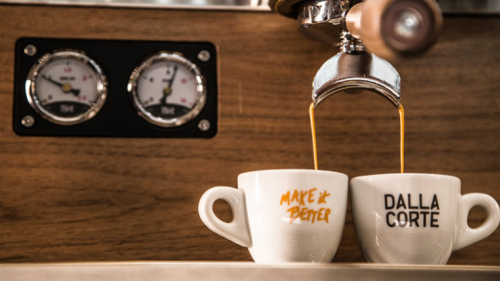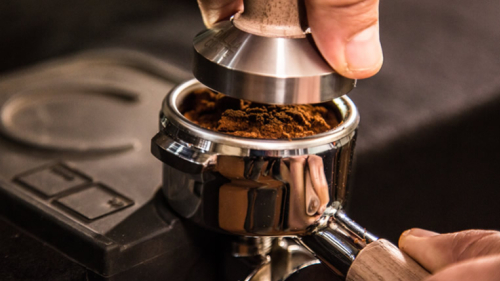Cole Torode explains coffee processing!
May 12, 2021
Cole
Torode explains in detail what are the processes to go from a freshly picked
drupe, to a coffee bean ready for roasting.
“We need to
remind ourselves that coffee is a fruit. If we think of it as a fruit, we
understand how important it is not only to harvest it correctly, but also removing
the fruit from the seed and treating it properly. We wouldn't leave an orange on
the kitchen counter for three weeks and eat it, would we?
Traditionally
there are two main methods of processing coffee:
-
keeping
the fruit intact and dry the coffee seeds within that fruit - this is what we
call “natural” process. The "natural" process has the benefit that
through that drying phase, the seeds absorb a lot of the sugars that exist
within the fruit itself. So natural coffees can be a little sweeter, with a
slightly more fruity flavour profile, and probably a bit heavier in body having
more sugars within the bean.
-
the
second most prominent process is "washed" - the drupes arrive at a
central processing facility where the fruits are sent through a machine that
removes the skin and pushes off most of the sugars. The little sugar left on
the bean will be intentionally fermented through the drying process. Generally
speaking "washed" coffees are classified as "clean", with little residual flavour on the palate and brighter in acidity, since
the residual sugars have been converted into acids through fermentation.
You can easily
see whether a coffee is "natural" or "washed": a light
center cut is a clear indication that it’s a washed coffee, while a natural is a lot
darker in that center cut because of the sugars that are holding on to that
piece of the bean and they darken during the roasting process."
Which one
is more common to find?
"I’d say
that currently in specialty coffee, washed coffees are more prominent. There is
a lot of people that don’t like naturals, perhaps because they are harder to
produce: you must dry the cherries out in the open where it is easy for the
fruits to attract bugs and bacteria so it’s more labor intensive to do it
properly.
If not done
properly, "natural" coffees leave a sort of "dirty" flavor profile
that can be unpleasant. Whereas “washed” coffee can be more consistent in terms
of production.
There are
also other external factors that determine the processing process of the bean.
In countries such as Brazil where they do not have enough water resources to
carry out the “washed” process, they are more inclined towards natural coffees.
On the other hand, you do not want to use the "natural" process in
places with high humidity to avoid the risk of mold and bacteria. "
Thank
you Cole Torode for exploring this last step with us before moving onto coffee roasting!
We’ll talk about it with Simone Guidi, of La Sosta Specialty Coffee. #beantocup
#makeitbetter

Latest news
THIRD WAVE COFFEE: THE NEW ERA OF QUALITY COFFEE
Feb 18, 2025









